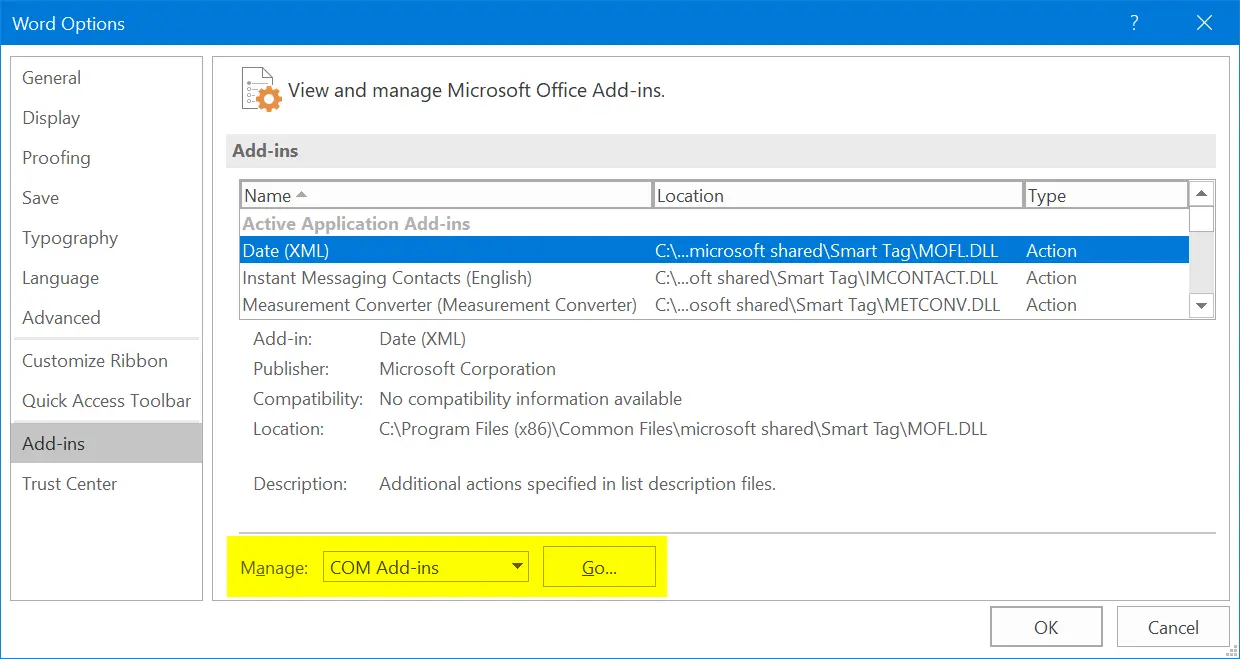

Then, restart your system and the office files should open normally. To do this, go open Suitcase Fusion and go to File > Clean Font Caches. If you’re using Suitcase Fusion, you can solve this issue easily by clearing the font caches. Since font management apps like FontExplorer X, Universal Type Server, Suitcase or Extense are causing the Grant Access error, disabling the fonts in those applications will usually make the issue go away for good. Method 1: Disabling fonts from 3rd party fonts management apps If this is applicable, move directly to Method 5. Update: We’ve added another method that will address the Grant Access error for uses that are encountering the issue with macOS 10.13 High Sierra or above. If you have installed an external font management app (other than FontBook), but you don’t need it, follow Method 1 or Method 2. In the event that you’re relying on a 3rd party font management app, follow Method 3 or Method 4. Then, restart your machine and try again.īelow you have a suite of methods that will make the Grant Access error go away. If you have a lot of fonts (over 1000), try reducing their number. Note: Some users have reported that reducing the numbers of fonts in their 3rd party font management apps have made the issue disappear. As of now, FontBook is the only font management utility that is specifically designed to work with Apple’s new security system. It has been confirmed that 3rd party font management apps like Suitcase, Linotype Font Explorer, Extense, or FontExplorer X are the main culprits causing the Grant Access error with the Office 2016 suite. However, most 3rd party font utilities have not been fully updated to work with the new sandbox rules and will cause conflicts seen as security violations by MacOS. Microsoft provides a set of fonts specifically for their software, which will get installed in a different location. Starting with Office 2016, Microsoft had to comply with Apple’s rules in order to be able to sell the Office suite in the App store. In the event that a system-wide font gets altered along the way, it will be regarded as a security violation and will be replaced at the next update.
Word 2016 for mac slow to open install#
Apple no longer allows an application to install fonts for system-wide use. Following the new guidelines, every application that uses custom fonts must ensure that the fonts stay exclusive to that particular application. Application sandboxing is very effective in preventing viruses or other malware from affecting OS files. Apple now uses sandboxing to limit various actions by tying them to a specific location. I tried reverting to Endnote X8 but the same problem now happens with that version.Word / Excel / Powerpoint cannot open the document: user does not have access privileges.Īs it turns out, the Grant Acess error is caused by the updated Apple sandboxing rules. Deleting "" in library/containers doesn’t fix the problem. This suggests to me that the problem could be to do with permissions for this file. Specifically, the Word installation process seems to skip the step of requesting permission to access the. I have tried removing and re-installing MS word but this does not fix the problem. If I create a new user and install Endnote and Word for that user then the Endnote commands work correctly, this suggests to me that the problem is with my own user install/preferences. I have tried various suggestions from the Troubleshooting guide and can confirm that the Endnote preference plist and CWYW bundle are installed in the correct locations. Commands also don’t work if called from the Endnote menu.

Specifically, every time I select a command in the Endnote X9 tab this takes me directly to the Endnote application and nothing further happens.
Word 2016 for mac slow to open pro#
I am using a Macbook Pro with OS 10.14.1. I am having a problem using Endnote with MS Word 2016 (version 16.20) after upgrading to Endnote X9.


 0 kommentar(er)
0 kommentar(er)
